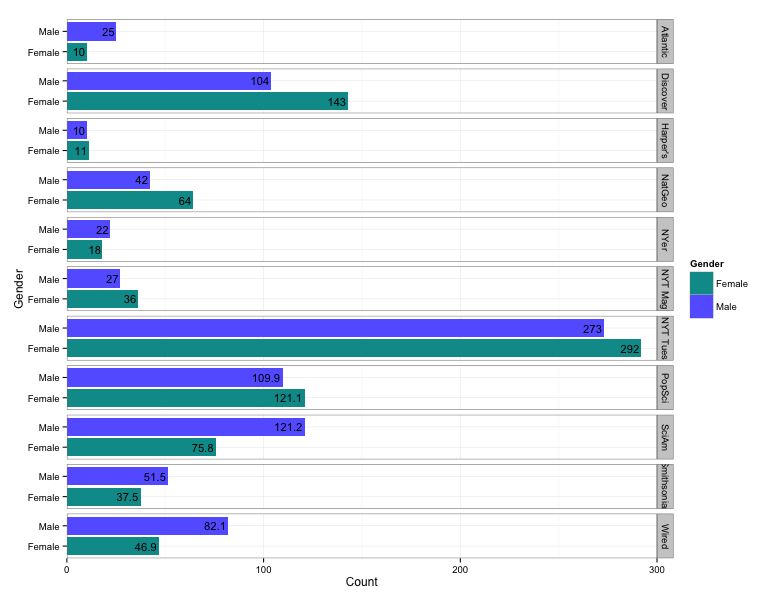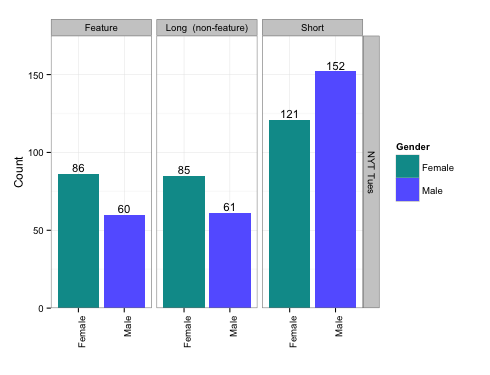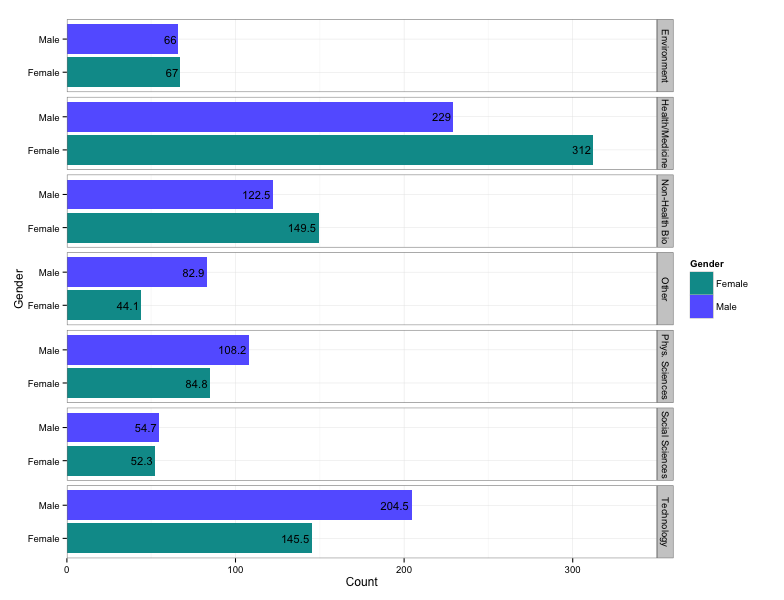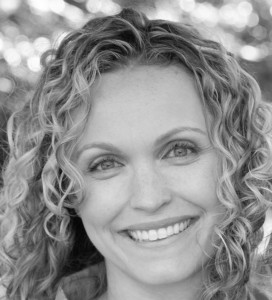At a presentation of the National Association of Science Writers in 2013, Deborah Blum, Pulitzer Prize–winning journalist and author (and now director of Knight Science Journalism at MIT), showed a packed room a series of figures revealing the underrepresentation of women in some of the key markers of achievement in science journalism: awards, anthologies, and mastheads.
Many at the event wondered whether those disparities stemmed, in part, from a lack of equal representation of women in the feature wells at prominent magazines—the pools from which such accolades are most frequently drawn.
Publications We Counted
The Atlantic
Discover
Harper’s
National Geographic
The New Yorker
The New York Times (Tues.)
The New York Times Magazine
Popular Science
Scientific American
Smithsonian
Wired
Now, a team of volunteers has conducted the first-ever examination of the existence and scope of gender disparity in science-journalism bylines.
The Science Byline Counting Project began as an initiative of the Women in Science Writing “Solutions Summit” held at MIT in June 2014. Science journalist Christie Aschwanden, one of the meeting’s organizers, recruited science journalists to volunteer as counters. She recruited the two of us as the co-chairs. We worked with a small committee to determine what publications would be included and how the counting process should be undertaken.
The projects’ counters then spent eight months regularly poring over 11 publications (10 magazines and The New York Times’ Tuesday science section) that publish science journalism. The counters noted each science story’s byline and other relevant details. (For magazines that publish wider fare, we counted only science stories.)
What We Found: Length Does Matter
Our overall count did not reveal a gender disparity in science journalism bylines. Of the 1,723 articles included in our analysis, female writers wrote 855 articles, and male writers wrote 867. (Counts were weighted to reflect cases where two or more writers shared a byline.)

But when we looked more closely, we did find disparities, as the figures below show. For short articles, women’s bylines typically equaled and in some cases outnumbered men’s. But for longer front-of-book or back-of-book pieces, where writers have an opportunity to showcase their writing style and establish credentials that could lead to opportunities to write the more prestigious feature articles, men outnumbered women, in some cases by a factor of two or three to one.
The gender disparity was even more stark in magazines’ feature wells. At nearly all publications we examined, men published more in-depth feature stories than women did. At a few publications, the difference was narrow (and in one case we found an even split). But in most cases the gender imbalance was dramatic. At Scientific American, for example, 81.2 percent of features were written by men and 18.8 percent were penned by women. At Wired, 73.6 percent of features were written by men, and 26.4 percent were written by women. The only case in which women’s feature bylines outnumbered men’s was The New York Times’ Tuesday science section.


Counters also assigned each story they counted to a topical category: Environment, Health/Medicine, Non-Health Biology, Physical Sciences, Social Sciences, Technology, or Other. The distributions of bylines in each of these areas is shown in the figure below.

What We Don’t Know
This research has important limitations. In particular, our data can’t explain why byline disparities in science journalism exist. We don’t know whether editors give preferential treatment to male writers, or if more men than women pitched feature stories, or if men for some reason pitched ideas that better fit publications’ needs—or if some combination of these factors explains the results.
Our findings also don’t represent the full range of publications that publish science journalism. With limited volunteer resources, we chose to focus on print publications. We did not examine bylines at popular venues that publish science journalism only online, such as BuzzFeed, Fivethirtyeight, NOVA Next, Aeon, and Nautilus; or at the websites of print publications such as Wired, National Geographic, or Scientific American. We selected publications that we believe represent the most popular magazines and newspaper sections covering science for the general public and in which a print feature story can help launch a career.
We hope the results compiled here will spark a discussion about gender imbalance in science journalism and generate suggestions for and movement toward solutions. For those who wish to dig deeper into the data, this spreadsheet contains our raw data and is available for anyone to mine.

Science Bylines Counting Project Co-chair Cynthia Graber is co-host of the award-winning podcast Gastropod. She’s also a science journalist whose work has appeared in venues including Fast Company, The New Yorker, Orion, Slate, Studio 360, and many others, and she regularly podcasts for Scientific American. Find her on Twitter at @cagraber.

Science Bylines Counting Project Co-chair Katharine Gammon is a freelance science writer based in Santa Monica, California. She has written for Wired, Scientific American, Discover, and The Guardian and blogs about baby brains at Popular Science. Follow her on Twitter @kategammon.


